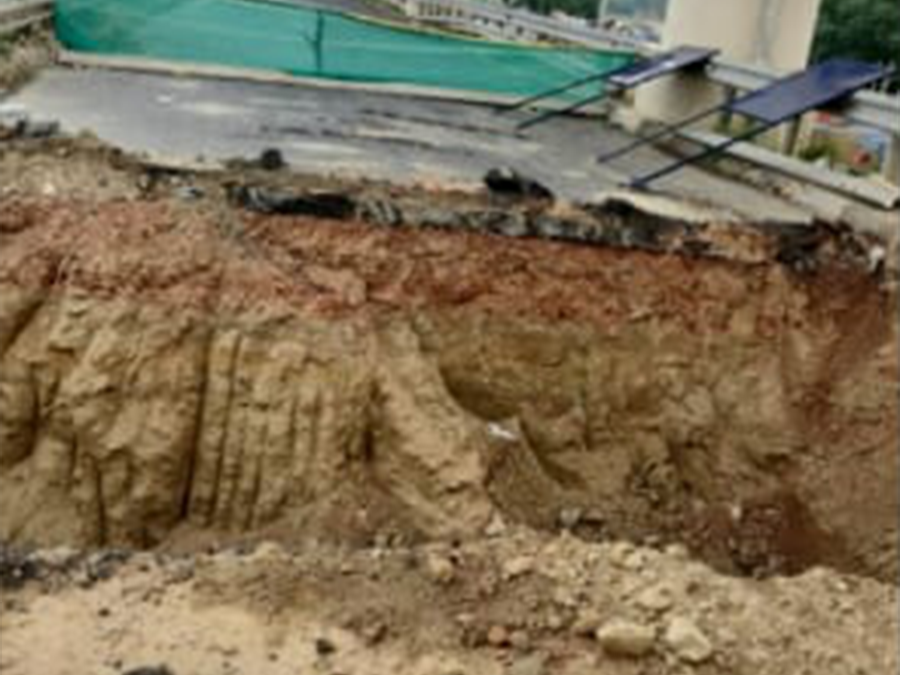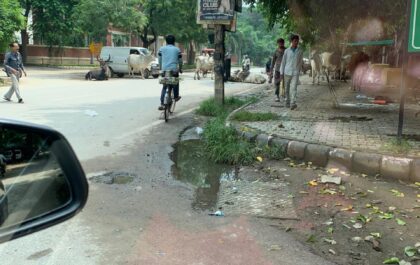The original irrigation canal that runs across Sector 78 has unfortunately converted into a dirty open drain with numerous problems associated with a ‘ganda nallah’.
Besides the problem of mosquito breeding, how do noxious gases emanating from this polluted open drain crisscrossing the Sector impact the health of residents?
Newborns, children, senior citizens, adults with lung disease, and asthmatics are most vulnerable to the harmful effects of nala gases. Yes, it is sulphur dioxide and sulphuric acid emanating from the drains that cause eye, nasal and throat irritation leading to coughing, wheezing, sore throat, shortness of breath, chest pains, and fluid accumulation in the lungs. It causes asthma attacks, heart and lung disease and respiratory problems in susceptible population groups.
In short, the effect of these toxic gases is to produce a hypofunctional respiratory system. Prolonged exposure to hydrogen sulphide can produce olfactory fatigue, whereby the scent of the foul-smelling gas becomes undetectable; we become comfortable with our level of uncomfortableness and no longer realize that we’re not functioning at our best.
In addition to these health problems, the drain has been a cause of water logging in the basement in the monsoon season. The stagnant water poses a much bigger risk to the foundation and structure of the building. Even small seepages are harmful to the structure of any building, so just imagine how threatening a pool of ankle and knee-deep water can be.
With the efforts taken by the residents of AGV2 in the last four years, the problem will hopefully get resolved.
Earlier the rainwater used to fill the basement of nearby societies because the rainwater could not drain effectively due to the presence of a 15-inch pipeline. But now, after the construction of the culverts near the Sector 110 metro station, this problem will no longer plague the residents.
The Noida Authority on the matter has put on record that, to aid the construction of the metro rail corridor the Noida Authority; from its funds had constructed the road beside the irrigation canal so that heavy machinery could be easily moved without disrupting normal traffic. The road was completed in 2016 and after the completion of the metro rail corridor, the said road was left heavily damaged. The road was to be repaired by the DMRC but it did not do so and neither gave any satisfactory reply to the Noida Authority on the matter. The Noida Authority also stated that at present the metro corridor is being managed by the Noida Metro Rail Corporation and due to many industrial units in the vicinity the traffic on the said road has increased multi-fold due to which repair of the said road had become utmost necessary. After a detailed inspection by a joint team of the Noida Authority and the irrigation department, it was decided to get the road repaired and resurfaced along with culverts wherever necessary.
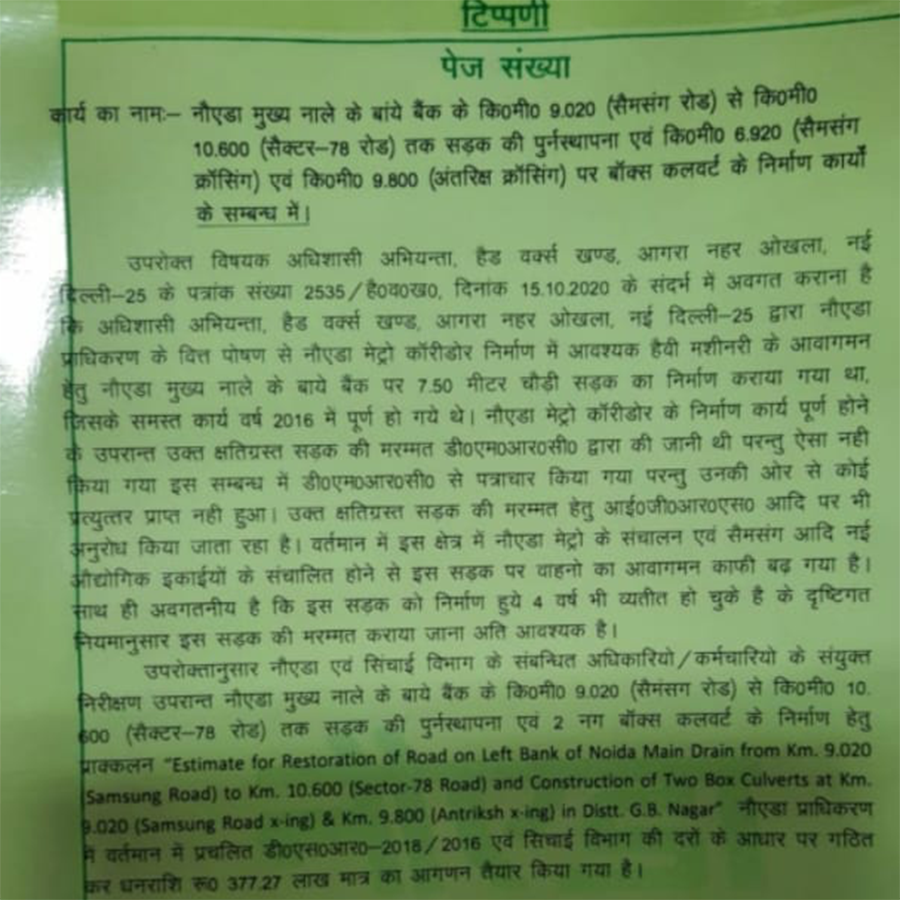
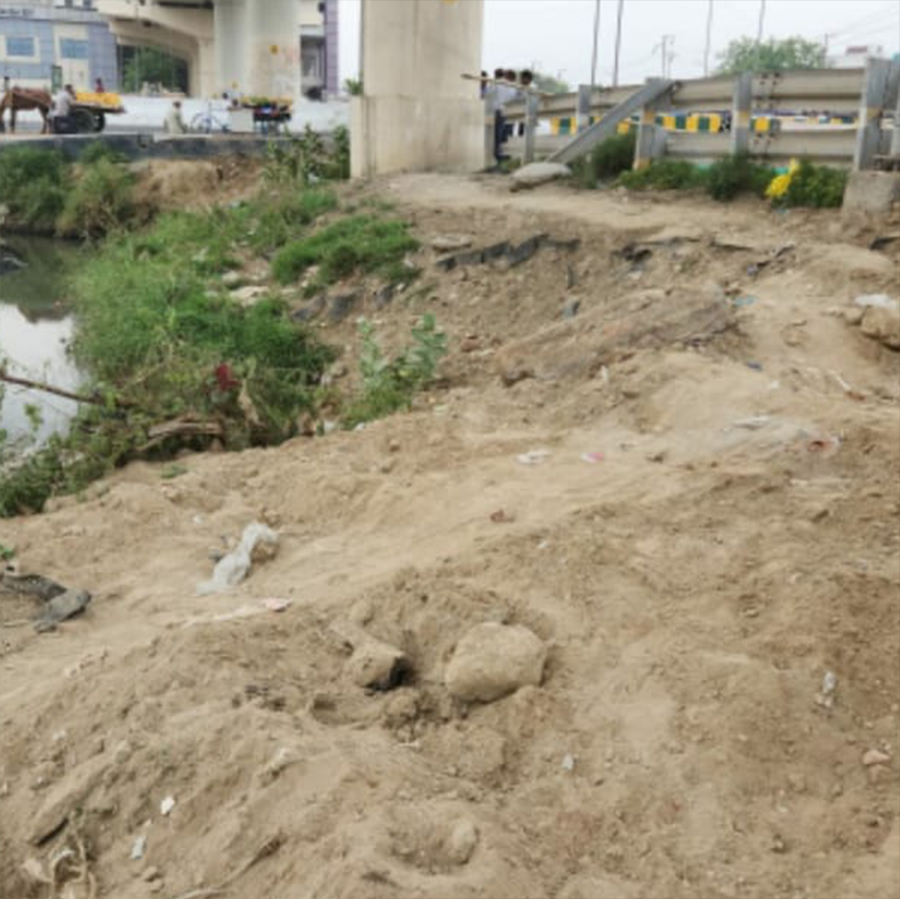

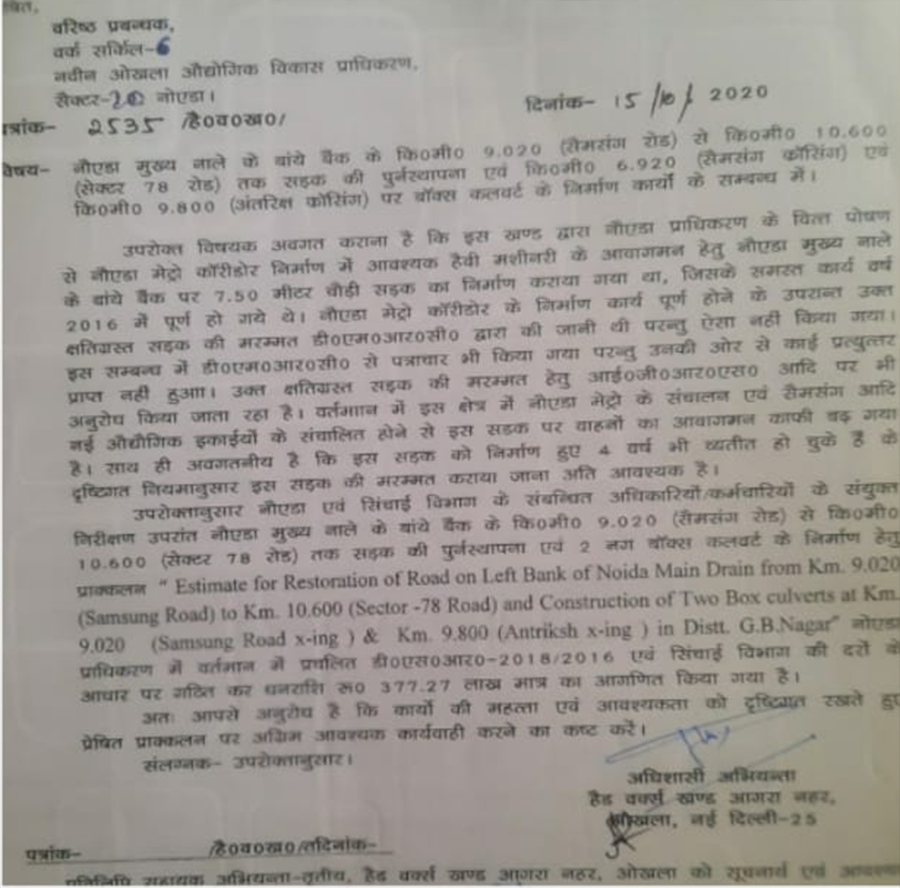

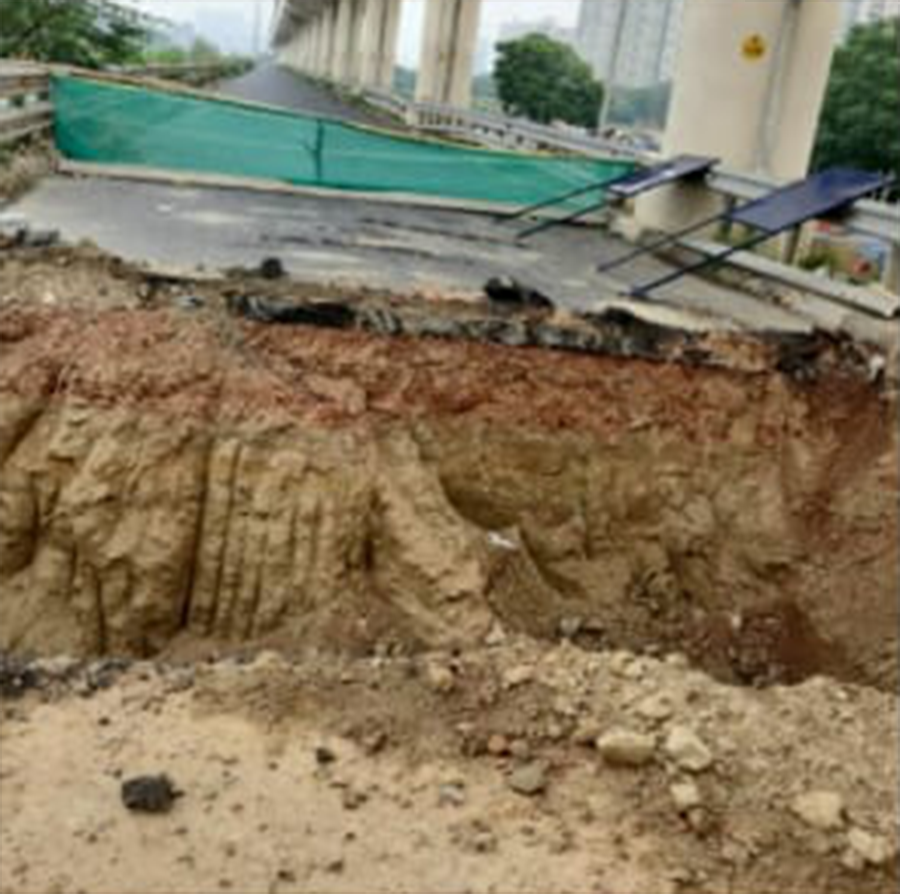

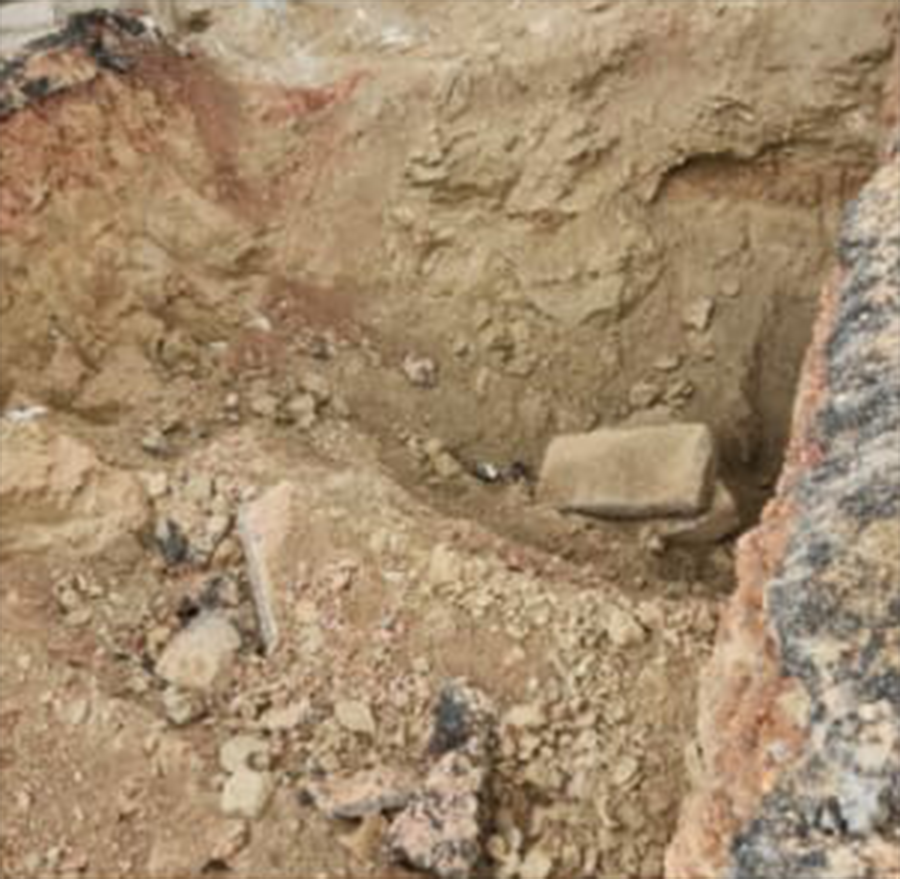

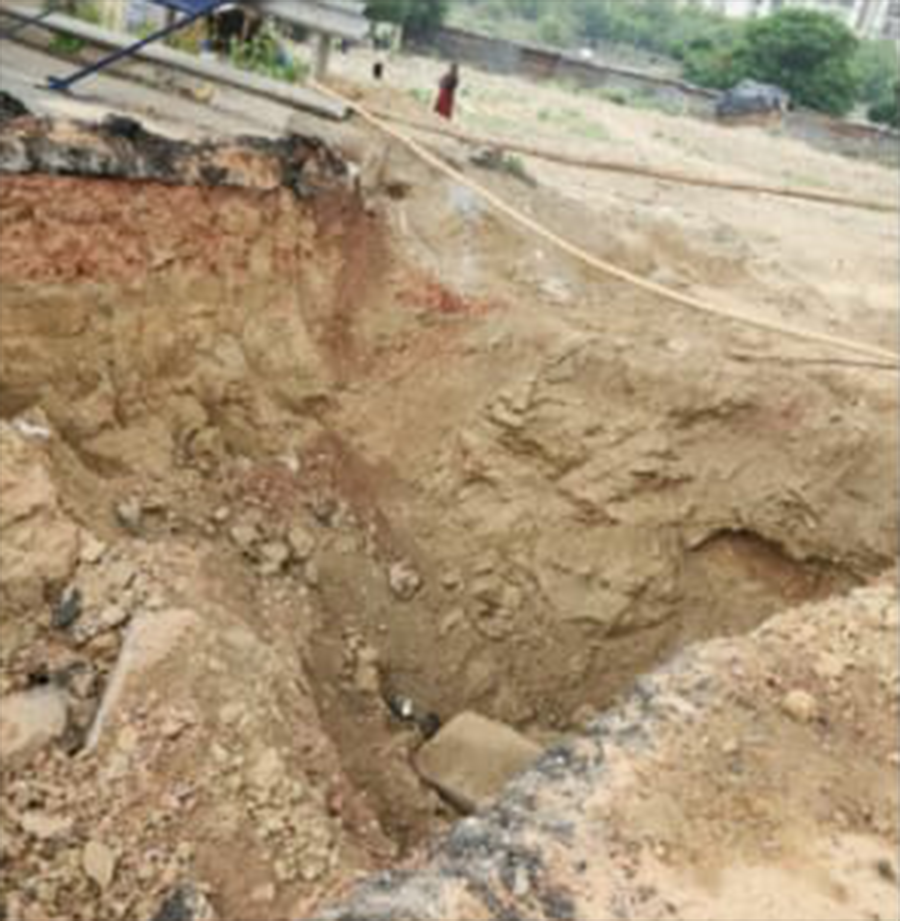

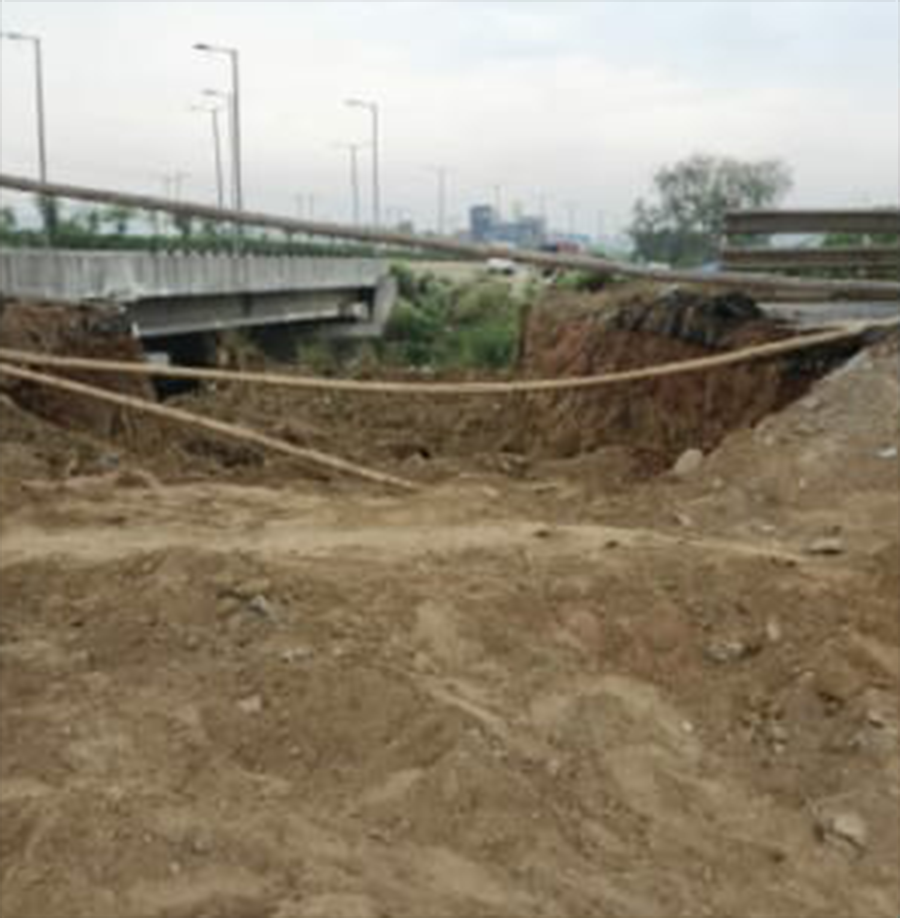

Popular Stories
Football Tournament @Princeton
More Than a Festival: The Art and Power of Durga Puja
Personality of the Month- ‘Dr Usha Mediratta’
Stray Cattle Menace In Front of Galleria
The Chronicles of Malibu Towne: A Mosquito’s Tale
“Senior Living Is Not An Old Age Home” say Mr & Mrs Bose
Recent Stories from Nearby
- Out of Control – Monkey Menace December 31, 2024
- The Ensuing Assembly Elections: What Do We Expect From the Candidates? Election Time: Whom to Choose? December 30, 2024
- AIKGA Monthly Meeting December 30, 2024
- Monkey Menace Worsens in SDA December 30, 2024
- Footover Bridge Lift Not Working December 30, 2024

